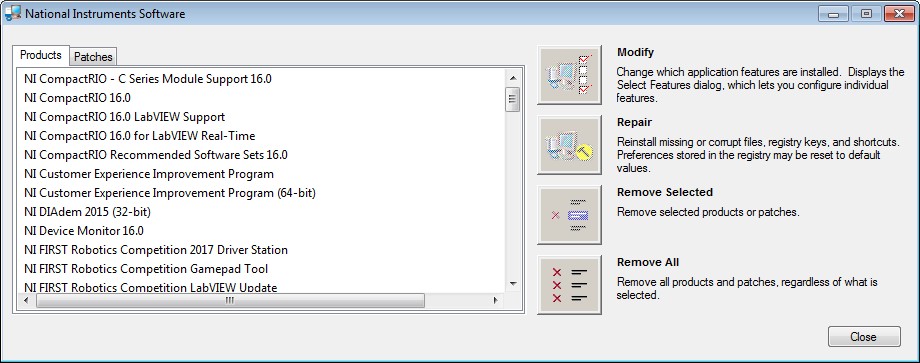
Not all solutions are equal; some can consume significantly more computer resources to do their job and cause a frustrating slowdown of your computer’s responsiveness. Choosing the best security software and ensuring it has the correct configurations can significantly impact computer performance.
- Some programs run automatically when the computer starts up.
- Right-click on the applications that needn’t be run at startup and select “Disable”.
- An advanced user may opt for TweakUI, a tool introduced as a free download with Windows 98, to adjust the user interface settings, says Coleman.
- To open the System Restore window, click the Start menu and enter “restore” in the search box.
For example, when a program is installed, a new subkey containing settings such as a program’s location, its version, and how to start the program, are all added to the Windows Registry. Another means of establishing persistence while also allowing for privilege escalation is by way of modifying the parameters of services that start each time Windows is launched. Not only does this allow for the malware to launch at Windows startup, but it can then be run under a local system account with lsasrv.dll elevated privileges. Keep in mind that this behavior is common for many software installers and, if monitored for changes, can be a source of false positive hits. That said, it remains a great spot for malicious software to dig its heels into your endpoints. Any unknown software should be scrutinized if it is making changes to this part of the registry.
How to restore a Windows Registry backup.
I eventually found a real solution on how to edit Windows registry key values without booting into Windows. This is also useful for editing malicious startup items such as rogueware and ransomware. If you have a similar situation as my previous case which requires you to edit the registry without Windows, then here is how to do it.
Start Menu Startup Persistence Revival
You can use this method to load up other registry files and edit them. Here are the explanation of the 5 registry files for HKEY_LOCAL_MACHINE. Listed here are 4 methods to edit the Windows registry keys using a bootable CD.
This malware is usually hidden in legitimate startup folders or within scheduled tasks and services, making it harder to find. The script contains the actual malware payload (in base64-encoded and encrypted form) in a string variable at the top of the script. Unit 42 reached out to notify Microsoft of the Office Test persistence mechanism and its use by a threat group in targeted attacks. On July 4, 2016, Microsoft released a new version of Autoruns, specifically v13.52 that includes checks for the Office Test registry keys. We downloaded Autoruns v13.52 and tested both the GUI (Autoruns.exe) and CLI (autorunsc.exe) versions of the tool on a system compromised with the Sofacy tool that used this persistence technique.


Geen reactie's